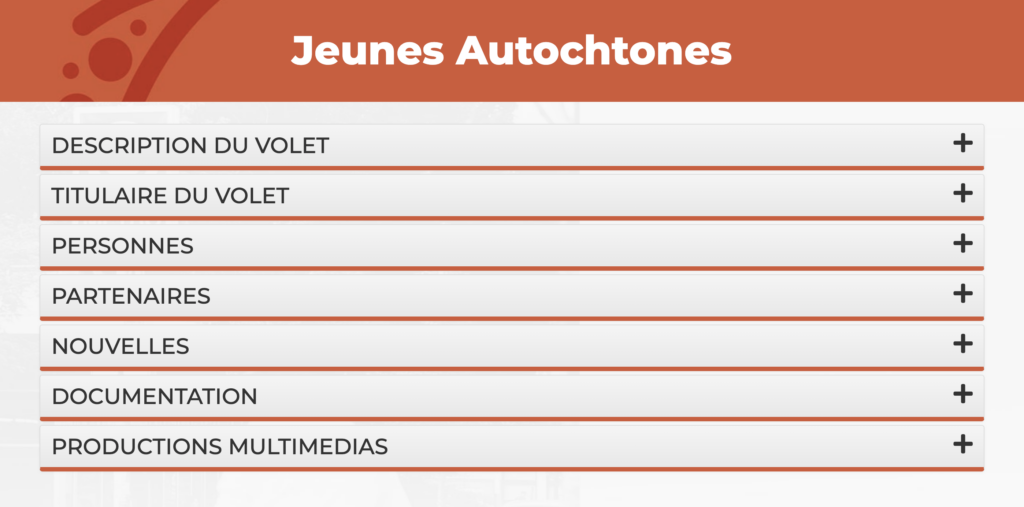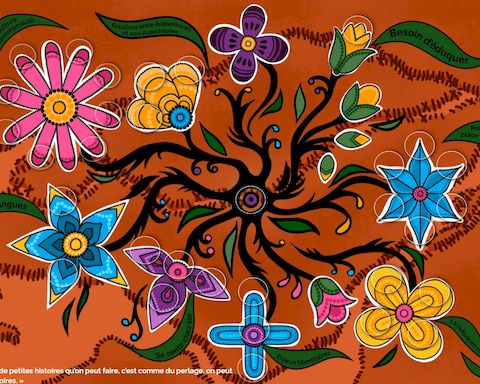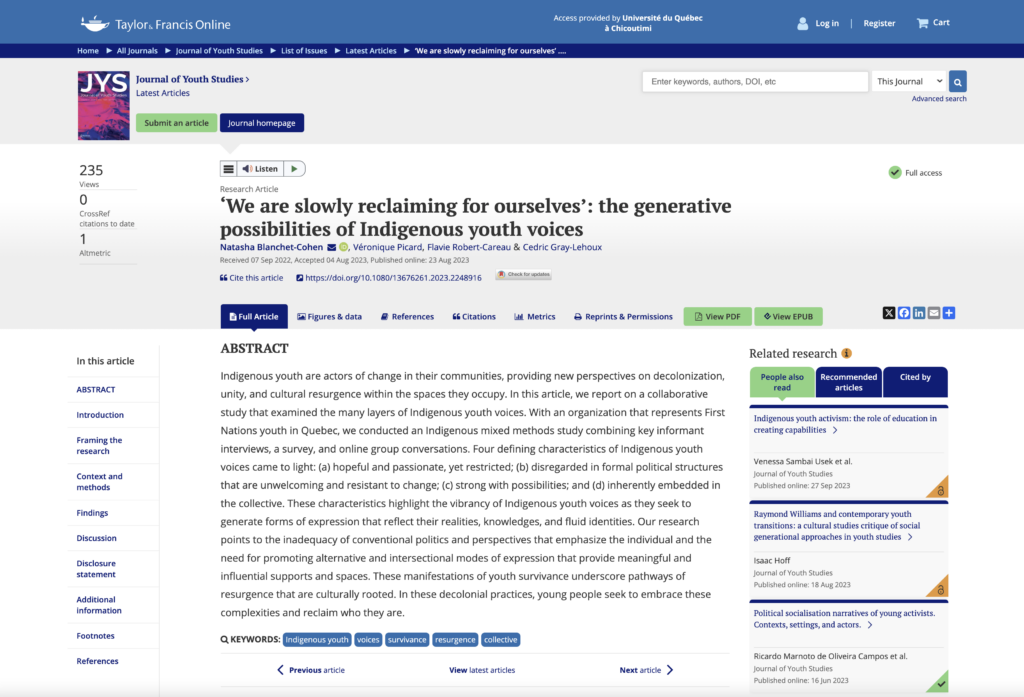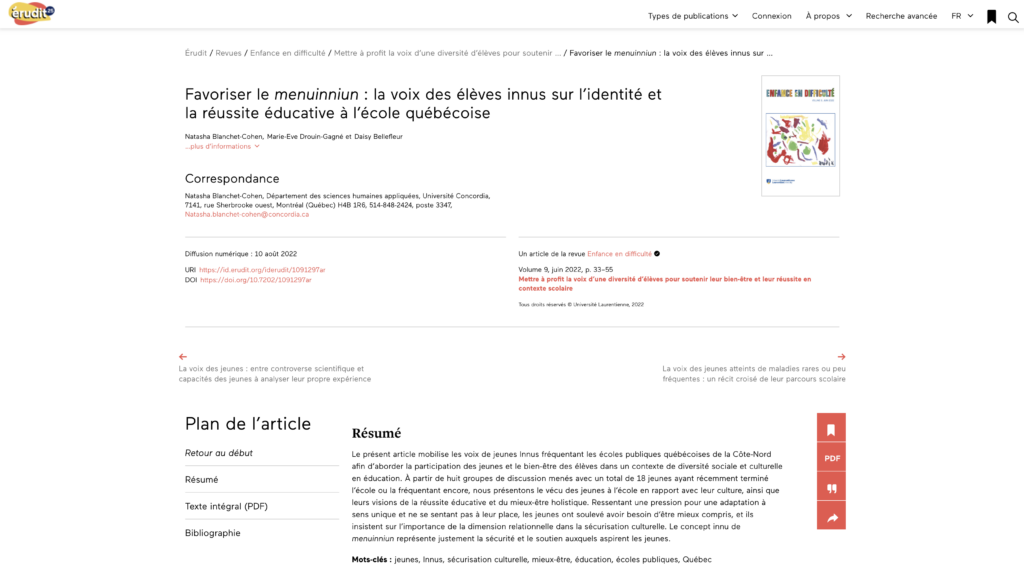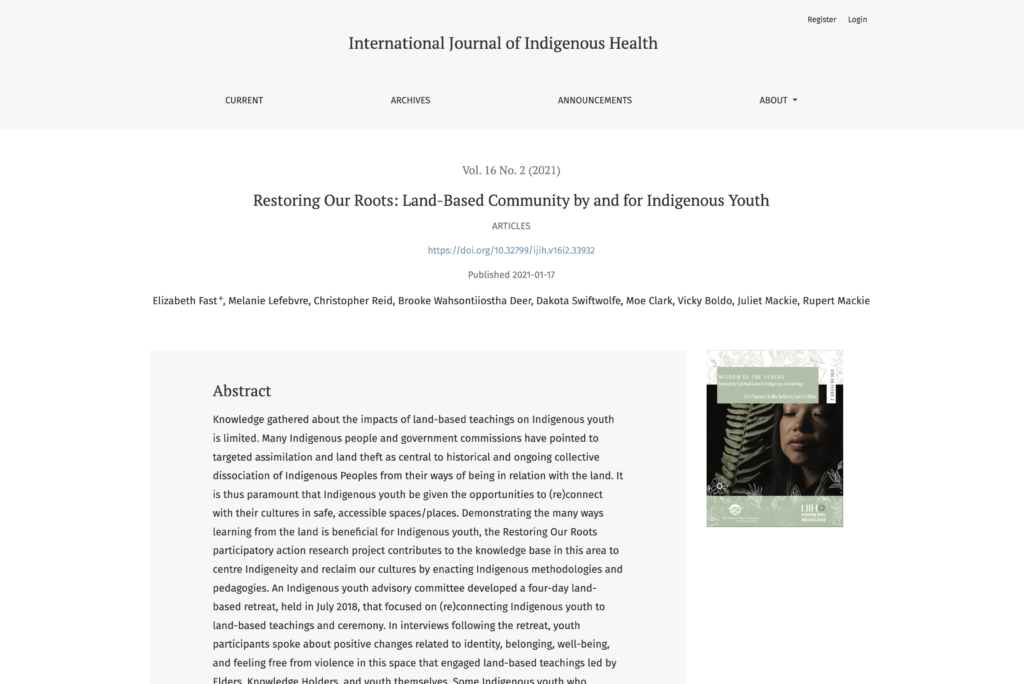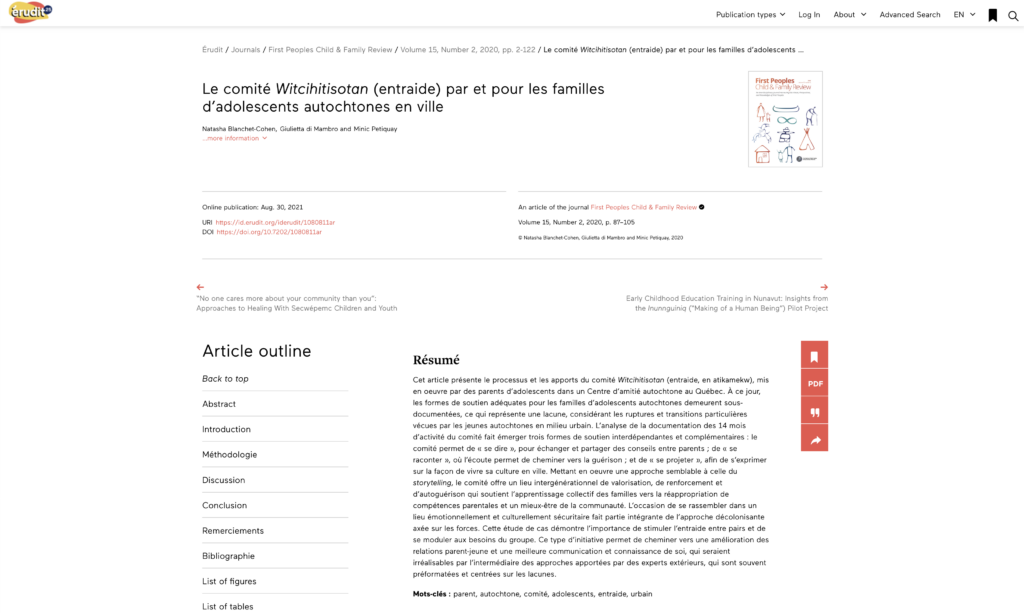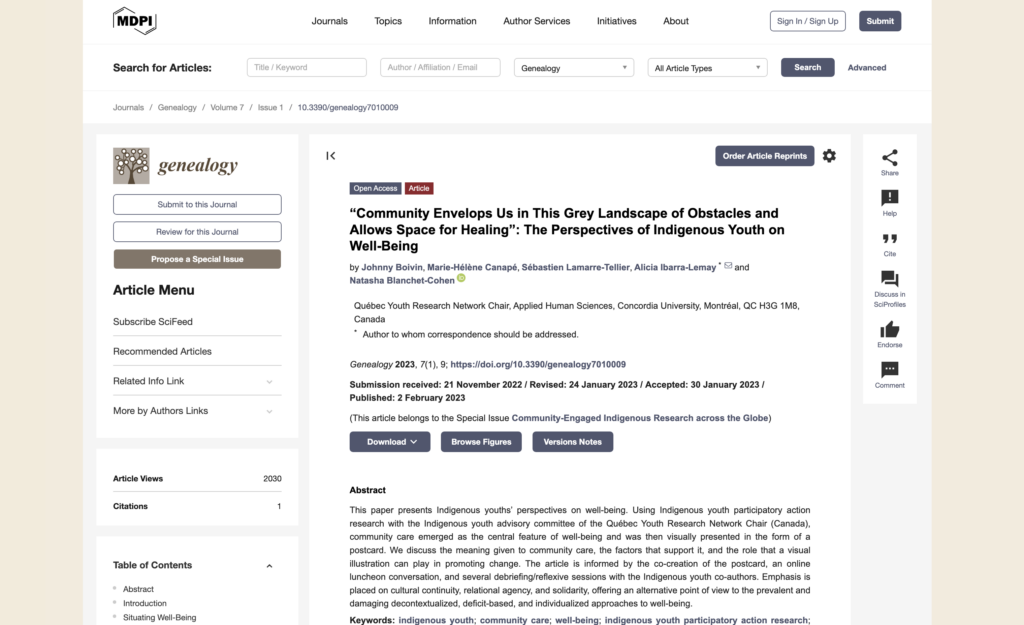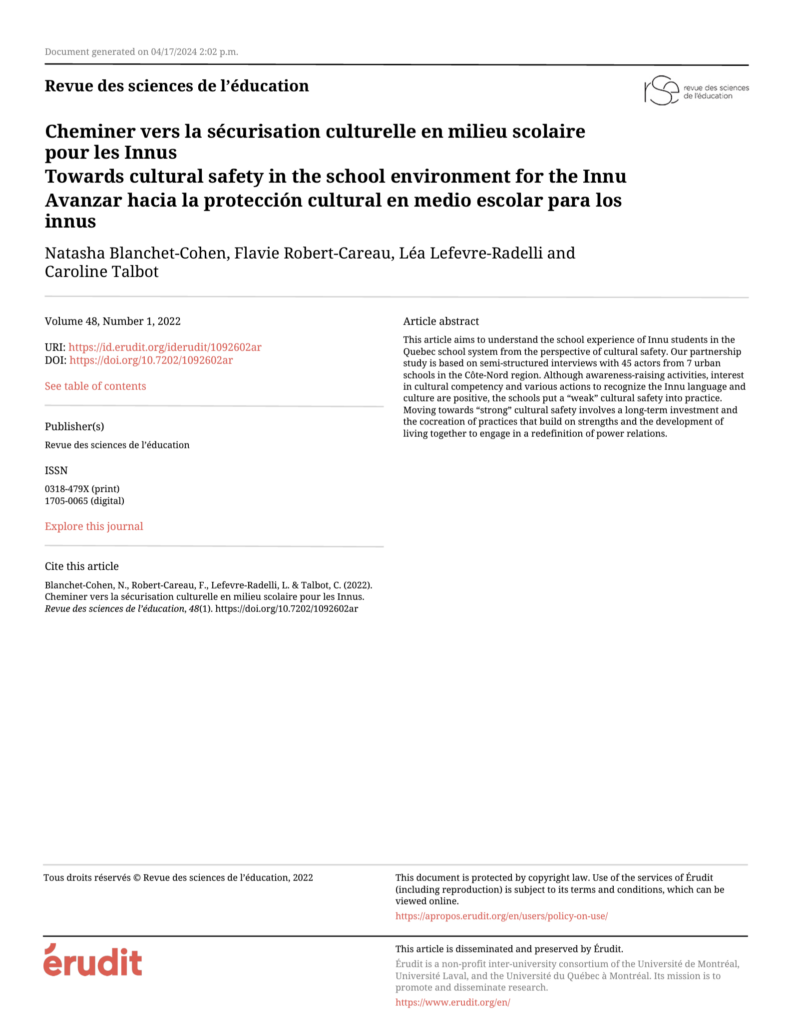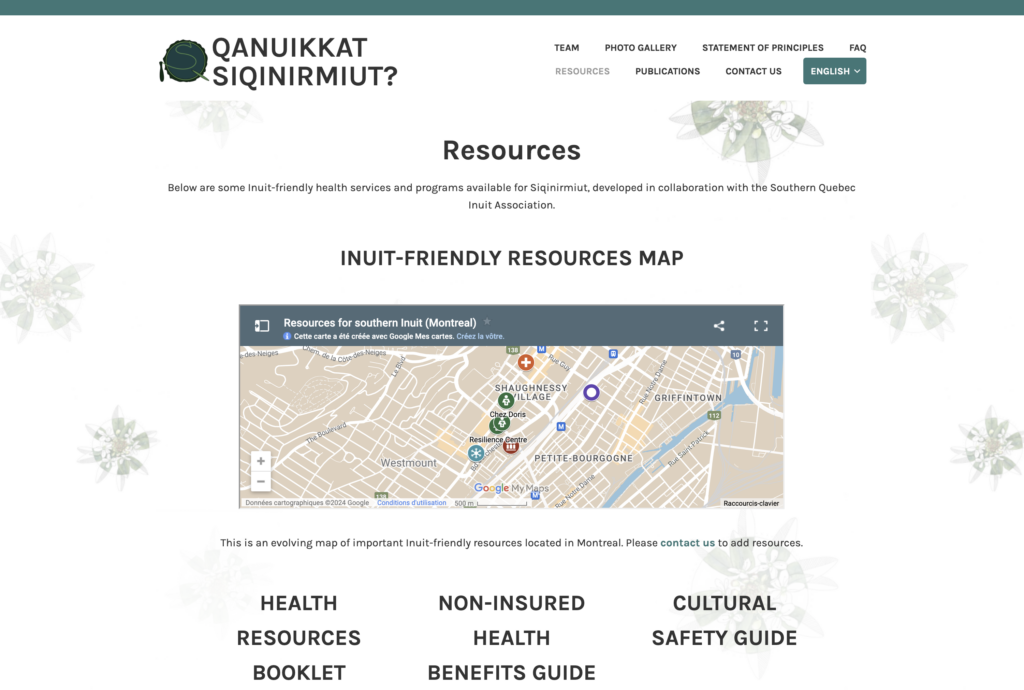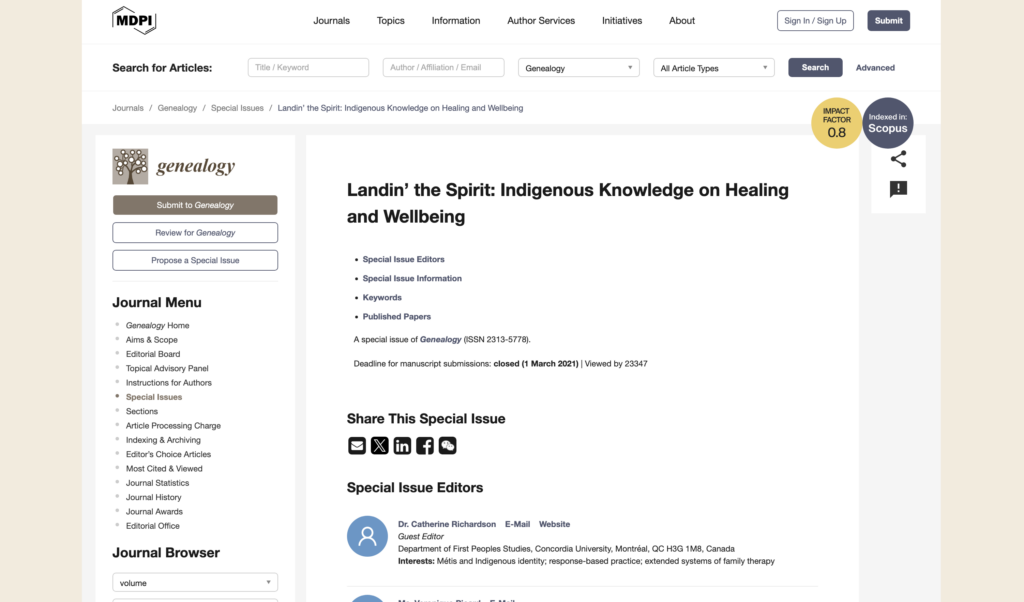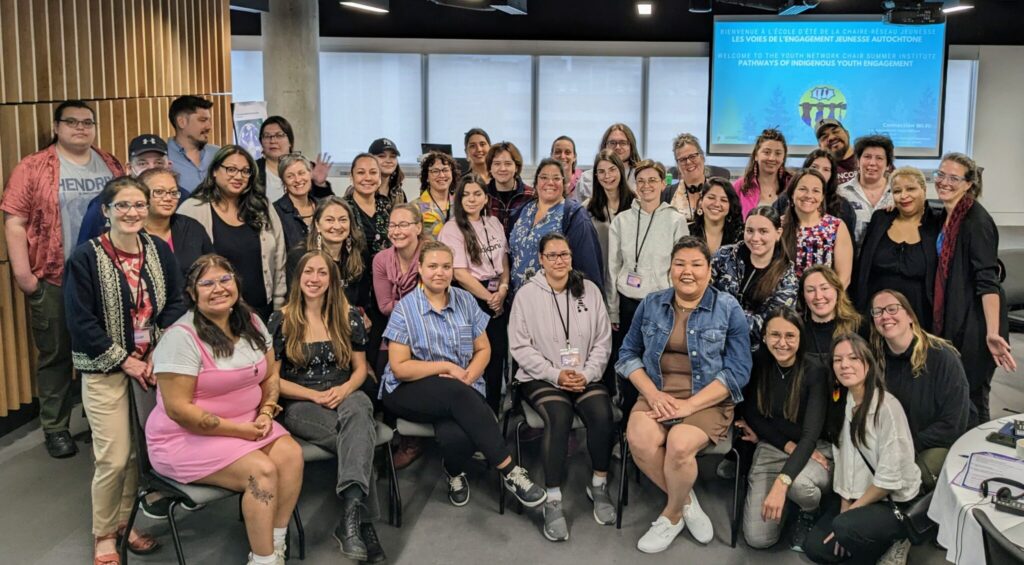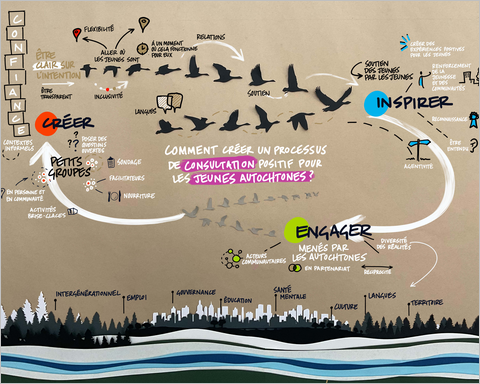Notice bibliographique
Aeby, G., Widmer, E. D., & De Carlo, I. (2014). Bonding and Bridging Social Capital in Step- and First-Time Families and the Issue of Family Boundaries. Interpersona: An International Journal on Personal Relationships, 8(1), 51-69.
Résumé
Divorce and remarriage usually imply a redefinition of family boundaries, with consequences for the production and availability of social capital.
This research shows that bonding and bridging social capitals are differentially made available by families. It first hypothesizes that bridging
social capital is more likely to be developed in stepfamilies, and bonding social capital in first-time families. Second, the boundaries of family
configurations are expected to vary within stepfamilies and within first-time families creating a diversity of family configurations within both
structures. Third, in both cases, social capital is expected to depend on the ways in which their family boundaries are set up by individuals by
including or excluding ex-partners, new partner’s children, siblings, and other family ties. The study is based on a sample of 300 female
respondents who have at least one child of their own between 5 and 13 years, 150 from a stepfamily structure and 150 from a first-time family
structure. Social capital is empirically operationalized as perceived emotional support in family networks. The results show that individuals in
first-time families more often develop bonding social capital and individuals in stepfamilies bridging social capital. In both cases, however,
individuals in family configurations based on close blood and conjugal ties more frequently develop bonding social capital, whereas individuals
in family configurations based on in-law, stepfamily or friendship ties are more likely to develop bridging social capital.
Fichier
 Aeby-2014-ENG.pdf
Aeby-2014-ENG.pdf
Publication du membre
Gaëlle AebyAppartenance aux volets












